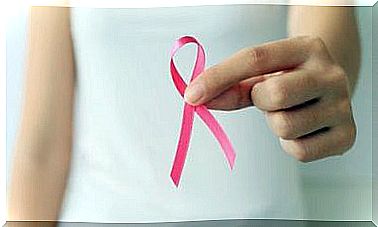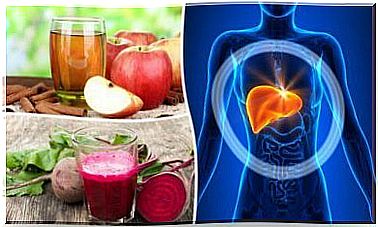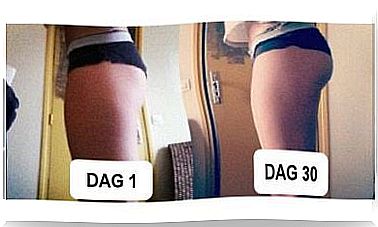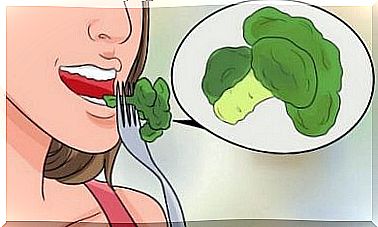Ecchymosis: What Is It Exactly?
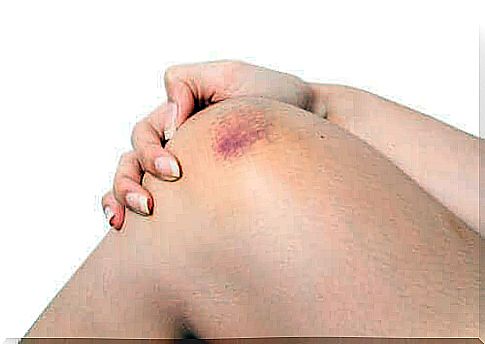
An ecchymosis is one of the basic types of skin lesions. It is the basis of many other types of diseases and conditions, along with other dermatological symptoms.
You could say that ecchymosis is a subcutaneous hemorrhage. This is because there are no wounds or associated lesions on the skin above. Thus, this accumulated blood is the result of ruptured blood vessels.
When blood goes out of the arteries, it’s called extravasation. The ecchymosis is the result of an extravasation under the intact skin. That means there are ruptured, open blood vessels. This can happen from a blow, an infection that destroys blood vessels from the inside, as well as torn muscles in that area.
Ecchymosis is a dermatological injury, but it doesn’t just affect the outer skin. This type of injury can also develop under a mucous membrane, for example in the inside of the oral cavity.
Causes of Ecchymosis
There are several causes for this condition. The rupture of the vessels and the extravasation of blood into the subcutaneous space is the end result. However, the causes can be the following:
- Trauma, such as a blow to the skin that does not tear it. That is, something caused by an object that tears. Keep in mind that ecchymosis only develops if there are no superficial skin wounds.
- Ecchymosis is common in athletes. Sometimes it’s due to trauma and other times it’s due to the type of overload during exercise that can damage the muscles.
- Vitamin K is an essential substance for proper blood clotting. A deficiency of this vitamin in the body is the perfect situation for the formation of ecchymoses.
- Certain infectious processes can weaken the blood vessels and break them from the inside, without tearing the skin. Sometimes ecchymoses are the first symptom of an infection. They can occur even before the onset of the fever.
- As with a vitamin K deficiency, someone with a blood clotting disorder such as von Willebrand’s disease is more likely to develop ecchymosis than others. In addition, a coagulation disease can also be a secondary symptom of another condition, such as cancer.
- There are diseases that require a person to take anticoagulants. Its use has the adverse effect of causing spontaneous ecchymosis or minor trauma, which would normally prevent the blood vessels from rupturing.
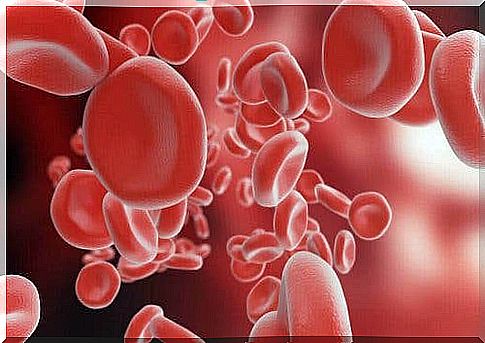
How does it come about?
Ecchymosis, as defined above, is an accumulation of blood in the subcutaneous space under intact skin. The process is self-limited and after a certain period of time the blood reabsorbs itself into the body.
During the readmission, which can take weeks, the skin color of the affected area changes. The color changes reveal the stages of the dissolution process of an ecchymosis.
For example, the blood is red when it is in the blood vessels. As soon as it leaves these and enters the subcutaneous space, the immune cells or macrophages take over. Within the macrophages, the blood hemoglobin loses the oxygen it carries and becomes darker in color.
The dark red of hemoglobin without oxygen looks like violet-purple from the outside of the body. This is the typical color with which one can identify ecchymosis, that is, it is the color of an ordinary bruise.
As the days go by, hemoglobin changes into different pigments due to its breakdown. Green is the color of ecchymosis that follows violet, and it happens because hemoglobin turns into biliverdin (bile dye).
A few days later, biliverdin turns back into bilirubin. At that point, the skin color goes from green to yellow, at least until bilirubin changes to hemosiderin, which looks light brown from the outside.
The final step of ecchymosis is the total reabsorption of the remnants of the blood. Here too, the macrophages intervene and digest any remaining hemosiderin. Eventually, at this point, the skin returns to its usual color.
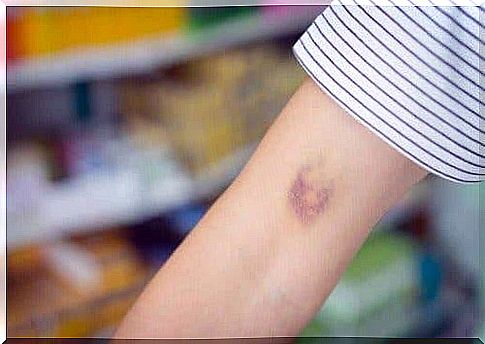
Classification of Ecchymosis
The words ecchymosis, hematoma, contusion, and petechiae are often used interchangeably, but they do not mean the same thing. In dermatology, each of them has its own specificities.
In the strict sense of the word, a hematoma is an ecchymosis that lifts the skin on the surface. That is, if the level of the skin in the affected area does not rise, then it is not a hematoma.
On the other hand, petechiae are identified by the size of an ecchymosis. For example, lesions up to two millimeters are petechiae. However, they are classified as ecchymosis when they are larger than that.
In addition, keep in mind that an ecchymosis usually resolves on its own and is mainly the result of trauma. If you have bruises and don’t know where they come from, see your doctor. The doctor can then make the correct diagnosis.



